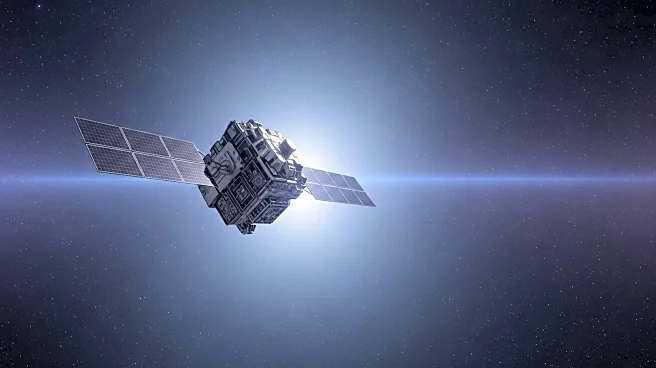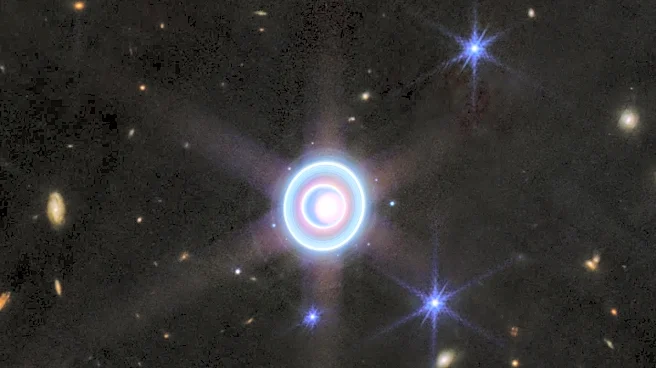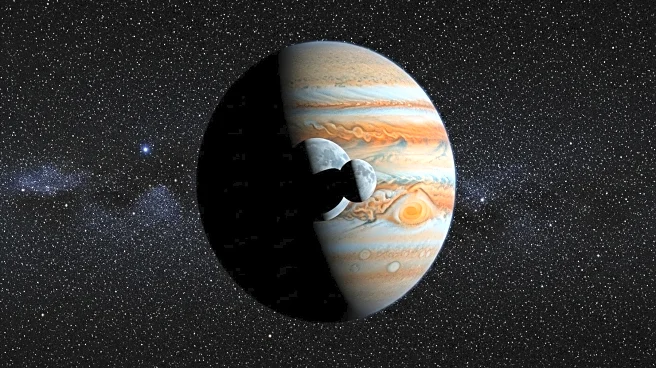What's Happening?
The first supermoon of 2025, known as the Harvest Moon, will rise on October 6, marking a significant celestial event. This supermoon occurs closest to the fall equinox, historically aiding farmers in harvesting crops. The moon will be situated opposite the sun, illuminated by direct sunlight, and will appear 30% brighter and up to 14% larger than usual due to its proximity to Earth, a phenomenon known as perigee. NASA encourages moon enthusiasts to participate in moon-viewing parties or observe the moon from their location, as it will be visible for several nights.
Why It's Important?
The Harvest Moon's occurrence as a supermoon provides a unique opportunity for public engagement with astronomy. The increased brightness and size of the moon can spark interest in celestial phenomena and encourage educational activities related to space science. This event also highlights the cultural significance of the Harvest Moon, which has traditionally been associated with agricultural practices and seasonal changes. The widespread visibility of the supermoon can foster community gatherings and promote social interaction centered around natural events.
What's Next?
Following the Harvest Moon, skywatchers can look forward to two more supermoons before the year's end, including the Beaver Moon in November and the Cold Moon in December. These events will continue to offer opportunities for observation and photography. The National Weather Service forecasts clear skies for most of the U.S., providing optimal viewing conditions. Enthusiasts are encouraged to observe the moon regularly to notice subtle changes over time, enhancing their understanding of lunar phases and celestial dynamics.
Beyond the Headlines
The Harvest Moon's cultural significance extends beyond its astronomical features, representing a time of harvest and preparation for winter. This event underscores the importance of preserving dark skies for astronomical observation, as light pollution can hinder the ability to view celestial events. Efforts to reduce light pollution can benefit both the environment and the scientific community, promoting sustainable practices and enhancing the quality of life.










